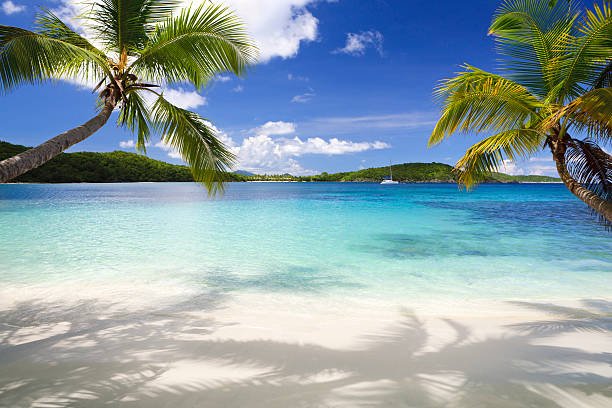For travelers seeking the most remote and untouched destinations on Earth, islands without ferries or airports present a unique challenge. These isolated places require unconventional travel methods, extreme planning, and sometimes even a bit of luck. Here’s how to reach them.
1. Hitching a Ride on Private Boats
Many remote islands rely on local fishermen, cargo ships, or private yachts for supplies and transportation. By networking with locals at nearby ports or marinas, you may be able to find a ride to your destination. Websites like CrewSeekers and FindACrew connect travelers with boat captains in need of extra hands.
2. Chartering a Boat or Seaplane
For those with a larger budget, chartering a boat or a seaplane can be an option. This is often the only reliable way to reach private islands, uninhabited atolls, or scientific research stations. However, costs can be high, so traveling in a group can help split expenses.
3. Expedition Cruises and Research Vessels
Some islands are only accessible through scientific expeditions, government research trips, or exclusive adventure cruises. Occasionally, research vessels take on paying passengers, and some conservation projects allow volunteers to visit remote islands in exchange for work.
4. Kayaking or Sailing Solo
For the truly adventurous, reaching an island by kayak or small sailboat is possible—though risky. Weather conditions, tides, and strong currents can make these journeys dangerous, requiring experience, navigation skills, and survival knowledge.
5. Military or Government Transport
Some islands are only accessible via government or military ships, often for research or supply missions. In rare cases, travelers may be granted special permits to visit, such as journalists, scientists, or documentary filmmakers.
Traveling to islands without ferries or airports requires persistence, creativity, and flexibility. Whether you hitch a ride, charter a vessel, or embark on an expedition, these hard-to-reach destinations offer unparalleled adventure and seclusion. Just be sure to research local regulations and respect the environment and communities that call these islands home.

